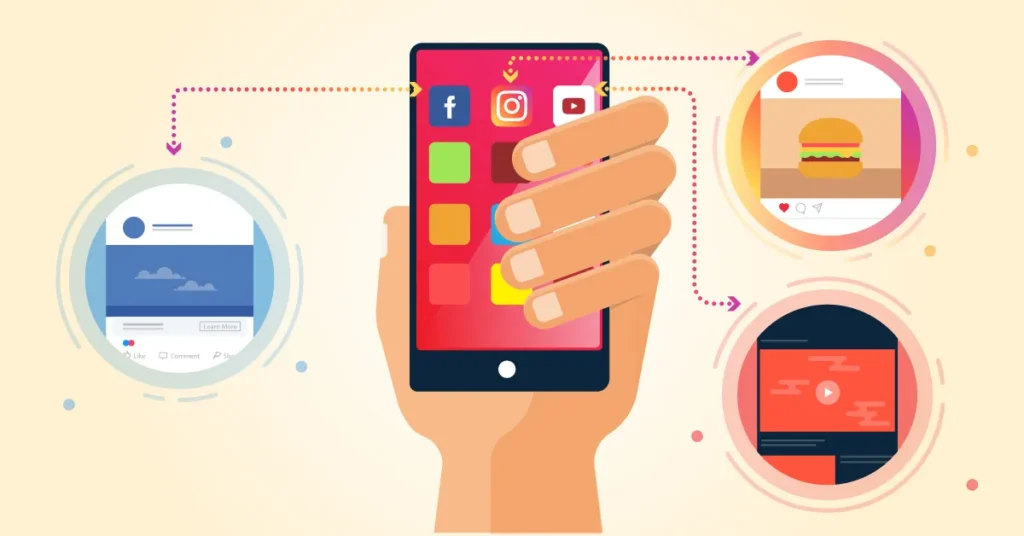Evolution of Social Media
Social Networking’s Early Years
The story of social media’s development is one of creativity, connectedness, and cultural revolution. With the emergence of websites like Friendster, MySpace, and Hi5, which popularized the idea of online profiles and social networking, it all started in the early 2000s. These pioneering sites cleared the path for establishing friendships, exchanging images, and finding new online communities.
Table of Contents

The Growth of Real-Time Updates and Microblogging
Evolution of Social Media
Social media changed along with the internet. The emergence of platforms such as Twitter, which prioritized succinct messages and real-time updates, revolutionized the communication landscape. With the ability to communicate ideas, opinions, and experiences with the world in 280 characters or fewer, users were able to engage in new ways and express themselves.
The Visual Storytelling Era
Evolution of Social Media
A new era of visual storytelling was brought about by the introduction of smartphones and enhanced internet access. Instantaneous photo and video sharing made possible by apps like Instagram and Snapchat proliferated. As visual content took center stage, it influenced developments in digital aesthetics, photography, and videography.
The Era of Live Streaming and Videos
Evolution of Social Media
With the introduction of sharing and streaming video facilities by websites like Facebook and YouTube, video content quickly gained prominence. With the emergence of live streaming, the distinctions between audiences and content creators were further dissolved, allowing for real-time communication and involvement. Video has developed into a potent tool for community building and storytelling, from vlogs and lessons to game broadcasts and online gatherings.
Social Commerce’s Impact
Evolution of Social Media
The development of social media has gave rise to the phenomena known as “social commerce,” in which these platforms double as both social gathering places and places to shop. Influencers and content producers use their internet platforms to market businesses and products, increasing sales and influencing customer behavior. Social commerce has been adopted by platforms such as TikTok and Pinterest, which provide cutting-edge functionalities for product exploration and acquisition.
Handling Difficulties and Possibilities
Evolution of Social Media
Social media has encountered several difficulties as it has expanded and changed, such as algorithmic biases, false information, and privacy issues. But these difficulties have also sparked creativity and forced platforms to give user safety and transparency first priority. As social media users’ demands and expectations change, it adapts by enacting more stringent content control regulations and fostering digital literacy and awareness.
Considering the Future
Evolution of Social Media
Looking ahead, there are no indications that social media’s rapid evolution will stop. Artificial intelligence (AI), virtual reality (VR), and augmented reality (AR) are examples of emerging technologies that have the potential to significantly alter how we interact, communicate, and create online. The possibilities are infinite, ranging from decentralized networks and increased privacy features to immersive experiences and personalized recommendations.
In Summary
social media’s development is evidence of the strength of creativity and human connection. Our interactions, sharing, and information consumption have all changed as a result of social media, which started out small as online chat rooms and has grown to become a worldwide phenomenon. One thing is certain as we accept new trends and technologies: social media will continue to change, adapt, and reshape the digital world for future generations.


